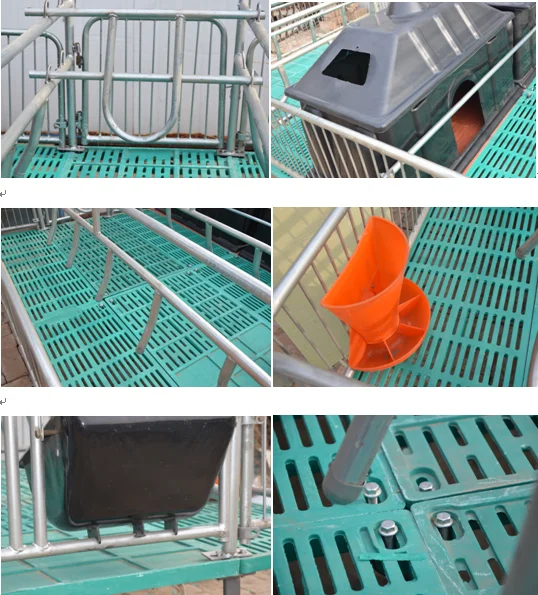pellet feed machine
Nov . 05, 2024 01:50 Back to list
pellet feed machine
The Importance of Pellet Feed Machines in Modern Agriculture
In today's rapidly evolving agricultural landscape, the significance of efficient feed production cannot be overstated. Among the various technologies aimed at enhancing feed quality and production efficiency, pellet feed machines have emerged as a critical component. These machines are designed to convert raw materials such as grains, oilseeds, and by-products into high-quality pellets, which serve as nutrient-dense feed for livestock and aquaculture.
One of the primary advantages of using a pellet feed machine is the improvement in feed digestibility. The process of pelletizing involves high temperature and pressure, which helps in breaking down the nutrients present in the feed ingredients. This thermal treatment not only enhances the nutritional value of the feed but also reduces the presence of anti-nutritional factors, making the feed more palatable and easier for animals to digest. As a result, livestock can achieve better growth rates and improved feed conversion efficiency, leading to increased productivity on the farm.
Moreover, pellet feed machines contribute to waste reduction in agriculture. By utilizing by-products from various industries, such as agriculture and food processing, these machines help in creating a more sustainable feed production system. For instance, leftover grains, husks, and even fish processing scraps can be transformed into high-quality pellets, minimizing waste while ensuring that valuable resources are not discarded. This not only benefits the environment but also provides cost-effective feed options for farmers.
pellet feed machine

The versatility of pellet feed machines is another noteworthy aspect. They can produce pellets of various sizes to cater to different species of livestock and aquaculture. For example, smaller pellets are ideal for young chicks or fish fry, while larger pellets may be suitable for adult livestock. This adaptability allows farmers to tailor their feed production according to the specific needs of their animals, optimizing growth and health outcomes.
In addition to nutritional benefits, pellet feed machines also enhance storage and transportation. Pellets take up less space compared to loose feed, making it easier to store and transport larger quantities. This characteristic reduces the costs associated with logistics and makes it feasible for farmers to keep inventory for extended periods without spoilage. Furthermore, the uniform shape and density of pellets contribute to reduced feed wastage during feeding, ensuring that more of the feed is consumed by the animals.
Lastly, innovation in pellet feed machine technology continues to advance, with many models now incorporating automation and regulatory features. These modern systems enhance efficiency, reduce labor costs, and help in maintaining consistent feed quality. With the integration of digital technology, farmers can monitor the production process remotely and make adjustments as needed, further streamlining operations.
In conclusion, pellet feed machines play an essential role in modern agriculture by improving feed quality, promoting sustainability, and enhancing operational efficiency. As the demand for animal protein continues to rise globally, the importance of these machines will only grow, making them a crucial investment for farmers looking to improve their production systems.
-
Hot Sale 24 & 18 Door Rabbit Cages - Premium Breeding Solutions
NewsJul.25,2025
-
Automatic Feeding Line System Pan Feeder Nipple Drinker - Anping County Yize Metal Products Co., Ltd.
NewsJul.21,2025
-
Automatic Feeding Line System Pan Feeder Nipple Drinker - Anping County Yize Metal Products Co., Ltd.
NewsJul.21,2025
-
Automatic Feeding Line System - Anping Yize | Precision & Nipple
NewsJul.21,2025
-
Automatic Feeding Line System - Anping Yize | Precision & Nipple
NewsJul.21,2025
-
Automatic Feeding Line System-Anping County Yize Metal Products Co., Ltd.|Efficient Feed Distribution&Customized Animal Farming Solutions
NewsJul.21,2025






